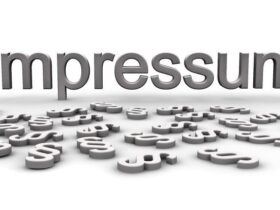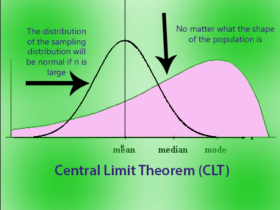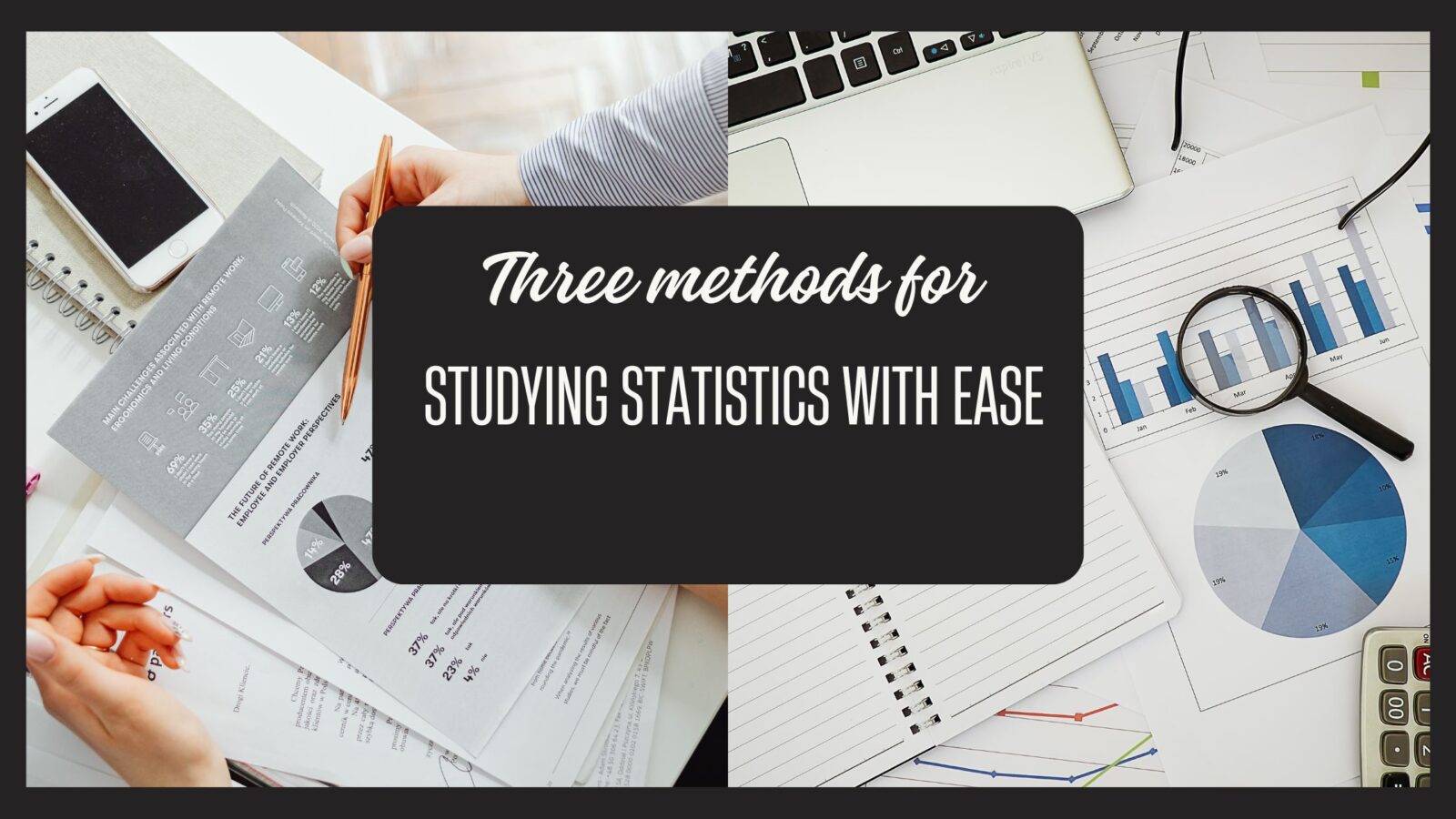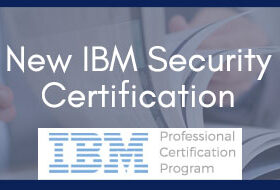There are many different applications and businesses that make use of statistics, making it one of the most important fields. Mastering statistics is not always a simple effort, despite the fact that it is of the utmost importance. Although a significant number of students experience anxiety when it comes to mathematics and statistics, this should not deter you from your efforts to study and improve your scores. With the assistance of the guidance counsellor at the institution you attend, you will be able to get over your nervousness and learn statistics in a relaxed manner. In your pursuit of practical methods to enhance your efforts to understand statistics, the following are a few stages that you should incorporate into your approach: If you are feeling overwhelmed, you can always explore solutions like “pay someone to take my online stats class” or “take my online class for me” to get the help you need.
Method-1: Understanding the fundamental abilities and ideas
- Begin with the mean and the median.
The mean and the median are two of the most fundamental ideas in statistics, and they serve as the basis for other notions that are more complex. The mean is the average of a group of numbers, while the median is the midway point of those values. The mean and median are both used interchangeably. The very first chapter of your textbook ought to present these ideas, along with instructions on how to compute them. You can also find instructions on services like Take my online class for me.
- Learn about variance-mean relationships.
After gaining an understanding of how to calculate the mean, you will be able to proceed to ideas that are more complex. The variance may be defined as the average of the squared variations between the mean and the data. If you are aware of the variance, you will have a better understanding of how dispersed a set of data is.
- Learn about variance and standard deviation.
One may determine the degree to which each data point deviates from the mean by calculating the standard deviation. Before you can compute the standard deviation, you will first need to determine the variance. Next, use the formula to calculate the square root of the variance. In the event that the final number contains a decimal, round it up to the nearest whole number.
Method-2: The implementation of general study habits
- Clarify objectives.
You recognised that you have an issue with statistics, and it is now time for you to deal with it. Exactly where do you begin? Setting defined objectives makes the process easier because you will know where to begin, you will be able to measure your success, and you will be able to adapt your plans to ensure that you are maintaining your progress.
If you want to improve your grades from a C to a B at the end of the semester, this is a good place to start. Set some small goals, such as learning a new topic every week, and then develop from there as you move forward. It is easy to lose concentration, particularly when confronted with shifting ideas; nevertheless, if you provide yourself with well-defined objectives, you will be able to easily remain on track and make great progress.
- Understand the basics.
It is impossible to study statistics easily if you do not have a solid understanding of the fundamentals, as these are the cornerstones of every notion. In order to be successful, you need to have a fundamental understanding of the mean, median, and mode, as well as their relationship to other concepts. For instance, you will not be able to comprehend the notion of standard deviation if you are unable to compute variance. This highlights the need to start with the fundamentals and expand upon them as you work towards making those difficult ideas more understandable.
- Ask for assistance.
It is possible that you may wind up spending more time and losing enthusiasm if you are unable to make apparent progress in some areas of study and consistently struggle to understand certain subjects. Getting assistance is a much more effective way to go about things, since it allows you to accomplish a lot in a short amount of time. For example, if you pay someone to take my online stats class, you may improve your marks and learn by following the step-by-step instructions that are used to generate high-quality work. When you have access to practical assistance from experts, your professor, and other financially stable students, your learning experience will be more streamlined, and you will have an easier time understanding new ideas.
- Be active in class.
Taking steps to ensure that you do not miss any of your classes will go a long way toward making your statistics study endeavors easier. Because each lesson builds upon the previous one, missing a session might cause you to fall behind and force you to play catch-up, which is both time-consuming and irritating. It is much simpler to concentrate and gain the most out of each and every session when one actively participates in the classroom by asking and answering questions.
- Studying that is effective.
Studying well is important; you will not be able to achieve a significant milestone if you only try to study once a week, and if you do it in a location where you find it difficult to focus. One of the most important things you should do in your studies is to make sure that you have a comfortable place to study, that you properly prepare yourself before beginning a session, and that you maintain consistency. Because you have prepared, you will not have to deal with distractions that have the potential to quickly throw you off balance, which will make your studying session more efficient.
Method-3: Exploring the statistics
- Pay attention to concepts rather than formulas.
When compared to learning lengthy and difficult formulas, learning statistical principles, such as what each formula signifies and how it may assist you in figuring it out, is much simpler. You can always look up the formulae later; the important thing is to focus on understanding the principles that are below them.
- Be sure to read each problem thoroughly.
An issue involving statistics is one in which every single word and symbol is significant, and there may be a lot of information that needs to be taken in. Reading the problem slowly and repeatedly will provide you with all of the knowledge you need. In the event that it is required, identify the problem.
- Find solutions to further challenges.
There is a good chance that your instructor will give you homework that consists of a few problems for each statistical idea that you have been studying during that particular week. If you discover that a specific idea is challenging for you, consider working out at least five more problems associated with that concept. To become proficient in statistics, it is necessary to really solve the issues; therefore, further practice is always beneficial.
Conclusion
Statistics is important in many areas, but it can be hard to learn. Important first stages include getting over worry and establishing specific objectives. Professionals or counsellors can help to facilitate the learning process. Also, using services like “take my online class for me” or “pay someone to take my online stats class” might be quite helpful. Understanding the basics, developing good study habits, and practicing often will help you succeed in statistics. Remember that learning this vital topic requires perseverance and commitment.








